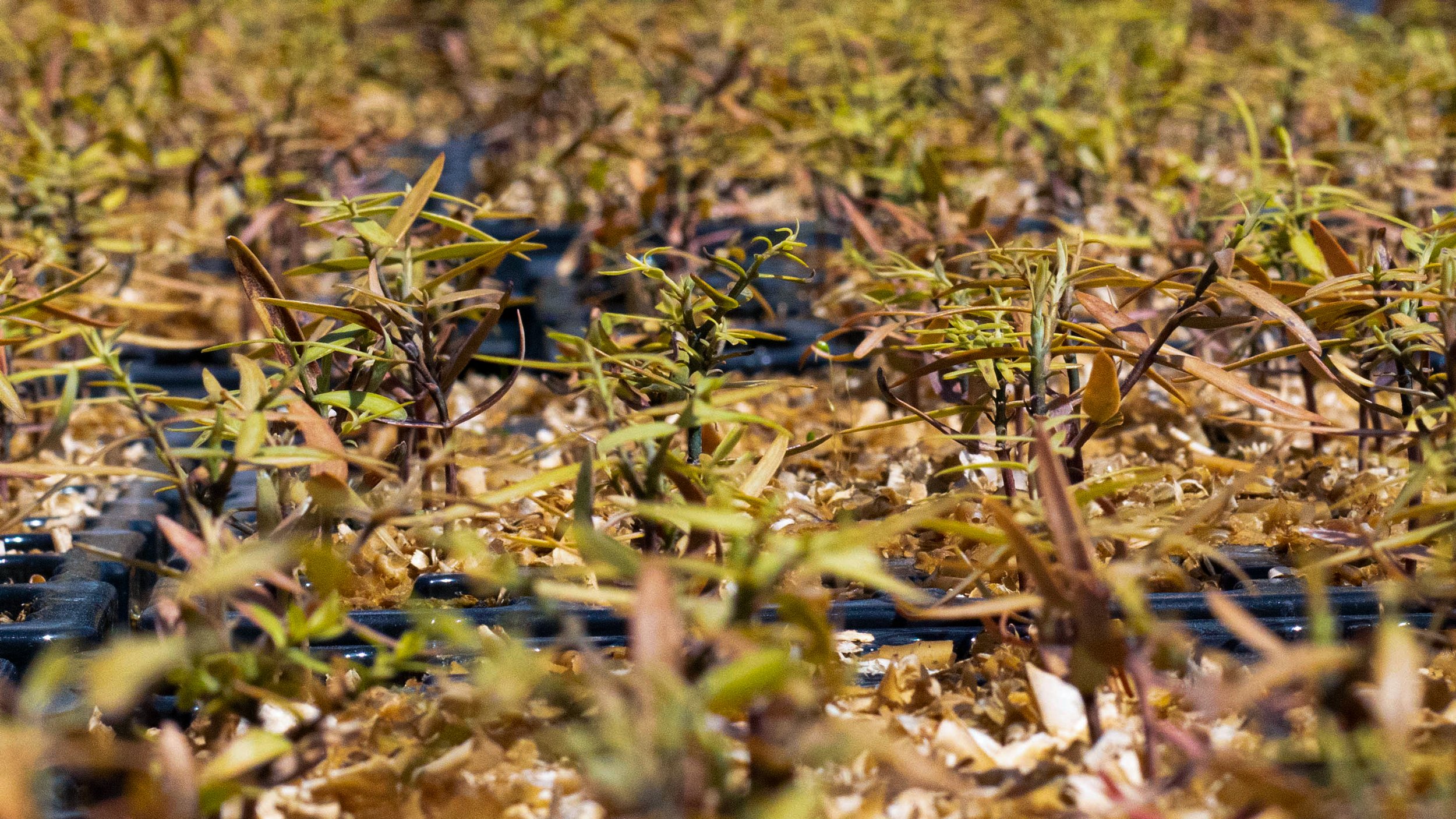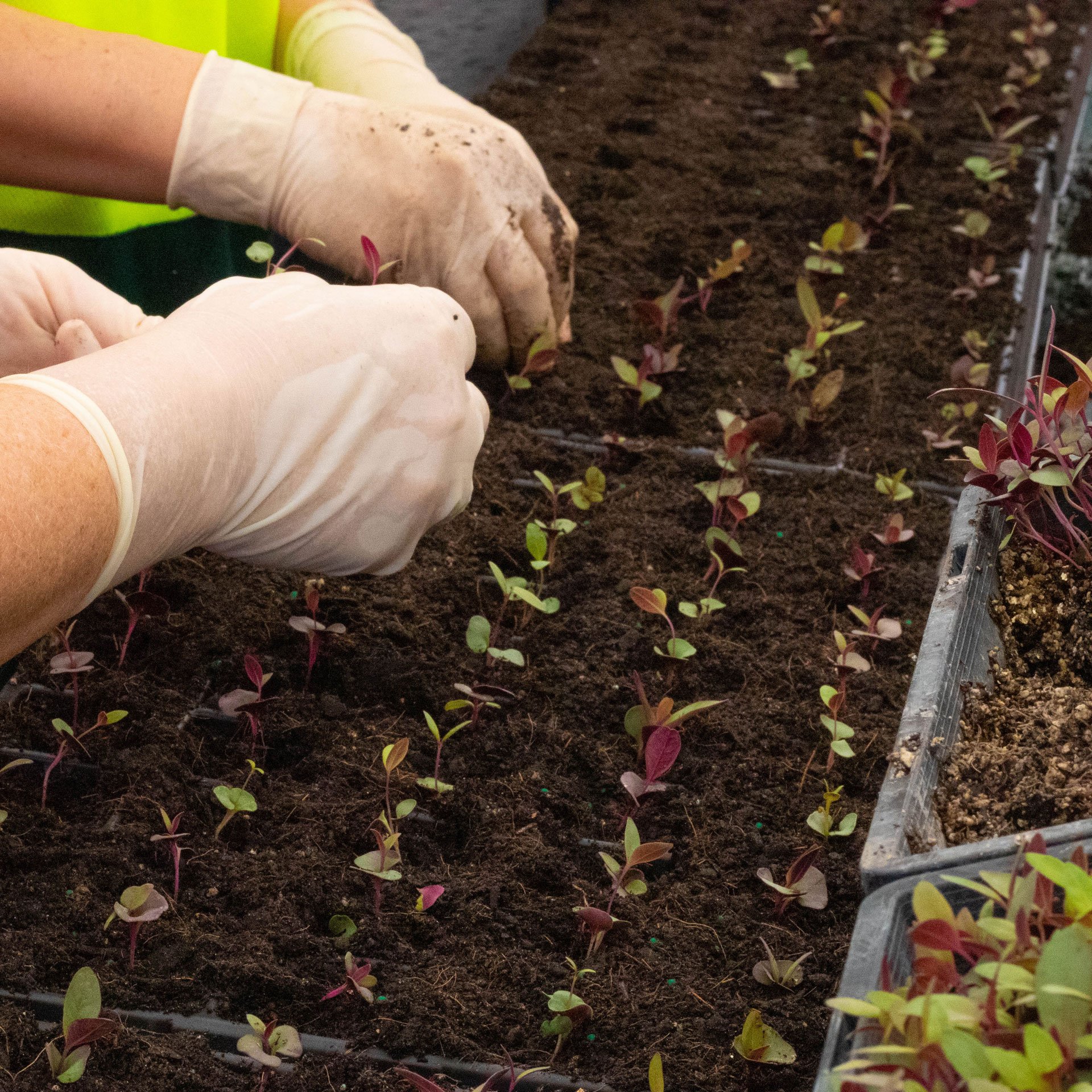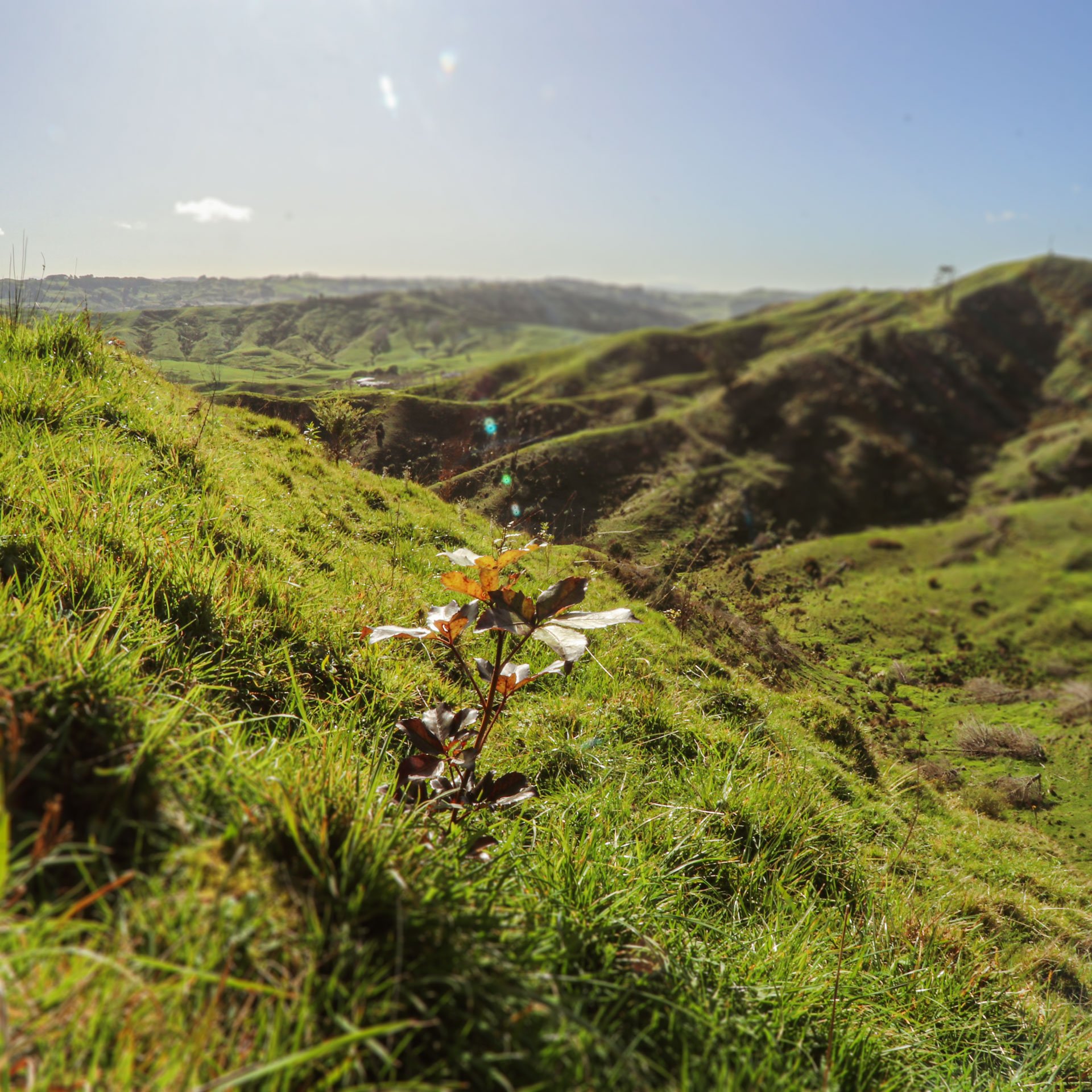The call of the forest
Photo by Casey Horner on Unsplash
Is there anything more cool, calm and collected than a forest? A walk into the depths of a forest can feel as restorative as a swim on a hot summer’s day. As our days get longer and the sun rises higher and higher in the sky you’re just as likely to find us retreating to the forest as beating a path to our local beach.
Year-round there’s a special energy in the forest. Native bird song, the far-off tinkling of a stream, all those layers and shades of green…this is where we breathe deep. The further we venture into the heart of that tranquil ecosystem, the more the sounds – and the stresses – of our busy lives fall away.
In Aotearoa we have many beautiful, well conserved forests across the country. But we need more. At Kauri Park we spend a lot of time thinking about how to bring more of the magic of the forest life to more of our land. Not only do forests create havens for our wildlife, and for ourselves, they protect and nurture biodiversity, can be a productive, sustainable commercial resource and of course what really matters is that they are the lungs of the planet, creating the air we breathe. We need to plant more of them, at pace. So what to plant and why? Let’s look at a small handful of some of characters of the forest.
A wander through the forest
Here’s 5 species you’ll likely see in forests up and down New Zealand. If you’ve got land to plant and the forest is calling to you, consider these beauties:
Totara - Podocarpus totara
One of New Zealand’s mightiest forest trees, Podocarpus tōtara is a native softwood, common in both the North and South Islands, tolerant to most soil types and environments, suits temperate conditions and prefers full sun. It can reach a height of 30m, gaining height quite quickly for the first few years, then slowly filling out with olive-green needle-like leaves which protect it from grazing by stock. Trees are either male or female, with the female carrying the seed in bright red edible berries in autumn, which attract kereru and tui who then disperse its seeds. Tōtara is prized for the quality of its wood which is durable, long lasting and easy to carve. It’s been used to construct, houses, waka and tools as well as intricately carved to create musical instruments, toys and the intricate adornment on marae.
Did you know?
In Te Ao Māori the tōtara is symbolic of a great chief. A great chief is also referred to as a tōtara haemata – a strong-growing tōtara. The word ‘tōtara’ is likely a reference to the spiky leaves -'tara' in Māori, and throughout Polynesia, refers to spikes and thorns and spiny things, and 'totara' is a word used across the Pacific to refer to the porcupine fish.
Kahikatea (aka white pine) - Dacrycarpus dacrydioides
Like tōtara, the kahikatea is a member of the ancient Podocarpaceae family (to which the rimu, miro and matai also belong) and is found in the forests of both the North and South Islands. It’s our tallest native tree, towering as high as 65 metres but when young, appreciates some shade. Kahikatea are renowned for their ability to live in swampy, waterlogged soils and often grow large buttress roots that twine around its neighbours to ensure stability. Originally, they would have huddled together, dominating the shorelines and swampy lowlands of the Waikato and the central North Island and have always been an important source of timber. The male trees carry small oblong pollen-bearing cones and in autumn the female trees bear the seeds on small bright red fruit which are a tasty, highly sought-after food source, appeal to native birds and are can also be used as a dye.
Did you know?
In Māori mythology the kahikatea is a child of Tāne, the god of forests and birds, and Hine-wao-riki.
Pūriri – Vitex lucens
Growing from the Far North to Taranaki, and generally associated with volcanic and fertile soils, pūriri grow into massive forest trees, 20m in height and diameter. They sport large dark green glossy leaves and are loaded with bright red berries from the autumn into winter which draw in the kererū (wood pigeon) and other native birds. Pūriri is an invaluable food source for native wildlife, producing purple-pink flowers and fruit year-round. The wood is heavy and dense, renowned for its strength and durability. It is often likened to the New Zealand equivalent of teak or mahogany. During its early usage it was called ‘ironwood’ as the timber was so strong that it would blunt any axe that tried to fell it. There are pūriri fence posts, more than 100 years old, still standing to this day. Vitex is an excellent choice for reforestation, restoration planting and use as a specimen tree.
Did you know?
Māori use infusions from boiled pūriri leaves to bathe sprains and backache, as a remedy for ulcers, and for sore throats.
Eucalypts - Eucalptus regnans and pilularis
Eucalypts are a notable feature of the New Zealand landscape, grow quickly and some species yield a valuable timber known for its durability, strength and hardness. Eucalyptus regnans (aka mountain ash and swamp gum) is a broad-leaved, evergreen, fast-growing eucalypt, native to Tasmania and Victoria. It is the tallest of all flowering plants, can grow to 100m in height and 2.5m in diameter and is commonly planted for timber and hardwood chips for fine papers. Mature forests dominated by E. regnans have been found to store more carbon than any other forest known. Blackbutt (Eucalptus pilularis) grows in the North Island (Northland, Bay of Plenty) and is a fast-growing, sub-tropical eucalypt. A significant commercial species, blackbutt is well regarded by foresters for its high quality timber, easy regeneration and quick growth and its uses include flooring, building framework, cladding, joinery and furniture.
Pine – Pinus radiata
Radiata pine is a versatile coniferous evergreen tree, native to the central coast of California and northern Mexico. It’s the most widely planted pine in the world and the most popular commercial timber species in New Zealand, accounting for 89% of our plantation forests – including the Kaingaroa Forest (central plateau, North Island), which is one of the largest planted forests in the world. It’s a quick grower, suits a range of sites from coastal to sub-alpine ecosystems, produces useful timber and makes strong wood pulp. It is a medium-density softwood, can reach 60m in height and more than 2m in diameter, can be susceptible to root-rot and various needle diseases. P. radiata is adapted to cope with stand-killing fire disturbance. Its cones are serotinous, i.e. they remain closed until opened by the heat of a forest fire; the abundant seeds are then discharged to regenerate on the burned forest floor.
“Seeds, not doubting their potential, rise and become forests.”
– Matshona Dhliwayo
We hope that reading this you can almost smell the forest and perhaps we’ve inspired a weekend wander through your own local favourite. Of course, there are so many more species to talk to and as ever feel free to check our Plant Library and Ecosystem resources on our website for more information and inspiration.
Next time we want to talk about another of the great summer delights and one we need to fight to protect – the waterways of New Zealand. Till then, there’s more seeds to source and plenty to keep our fingernails dirty.
SOURCES / REFERENCE
‘The meaning of trees’ Robert Vennell https://meaningoftrees.com
Farm Forestry New Zealand https://www.nzffa.org.nz/
Species selection tool https://www.nzffa.org.nz/farm-forestry-model/species-selection-tool/species/
Tree Nation https://tree-nation.com/
A recent study found that growing more forest and restoring damaged ecosystems could remove as much as two-thirds of the CO2 that humans have been putting in the air since the 1880s.









